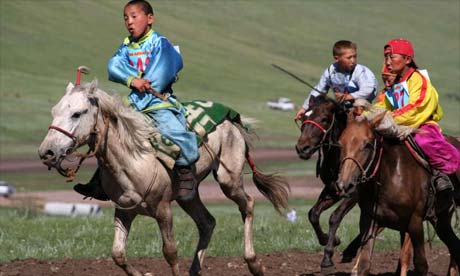
Mix up the vast landscapes of the Gobi, the snowcapped mountains of Bayan-Ölgi and the dramatic gorges and sparkling lakes of Khövsgöl. Sprinkle in the felt homes of the nomad and the cry of an eagle. Add Buddhist temples, mysterious ruins, abundant wildlife and legendary hospitality. Then top it all off with a conqueror who started with nothing and ended up changing history.
If this description perpetuates your belief in an untouched country, then you also need the scoop on the new Mongolia. Add to the above internet cafés in Ulaanbaatar, herders chatting on mobile phones, Manhattan-style cocktail bars, eco-yurts and vegetarian cafés. The Humvees plying Peace Ave would probably have Chinggis Khaan turning green with envy.
Since the fall of communism, Mongolia has done just about everything in its power to open itself up to the world. While the old traditions survive and the wild nature is still mostly intact, Mongolia has also reached out to the West for economic and cultural ties. It's not uncommon to meet Mongolians with degrees from universities in the USA, Europe or Australia.
Along with Japan and South Korea, Mongolia is one of the only legitimate democracies in the whole of Asia. Elections have proven to be free and fair. A constant parade of street protests have forced policy change on everything from mining laws to bus fares.
Democracy has given foreign investors enough confidence to stick with Mongolia during hard times. Attractive investment laws have lured some of the big boys of the mining world – the major target of Mongolia's economic reformers. Despite their progression, Mongolia still faces enormous economic and social challenges; it remains one of the poorest countries in Asia, with typical salaries at less than US$100 a month.
Tourism, along with mining and cashmere, has become a key feature of the economy. The poor infrastructure and short travel season have kept receipts small, but a growing network of ger camps cater to travellers seeking ecotourism adventures. Without fences or private property to restrict a traveller's movement, Mongolia is a perfect destination for horse trekking, long-distance cycling or hiking, or more leisurely activities such as fly-fishing, yak carting or camping out under a sprawling mass of stars.
Most travellers come for Naadam, the two-day summer sports festival that brings Ulaanbaatar to a standstill. But Mongolia's unique charm will always lie in the countryside where, rather than being a spectator to the wrestling, you may find yourself making up the numbers! Outside the villages it's easy to meet nomad families whose relentless sense of hospitality can at times be nothing short of overwhelming.
Mongolia is an up-and-coming Asian country with a young, well-educated population. The economy grows at a robust 7.5% per year – thanks mainly to China's insatiable appetite for Mongolia's raw materials. But Mongolia sits at a crucial crossroads: if the booming economy continues down the road of corruption, with a few getting rich and everyone else left behind, the country may never develop to its full potential.
As a travel destination, Mongolia is a special place for people who enjoy the outdoors and adventure. Heading out on the vast plains, riding horses and camping with nomad families, it offers the chance to step back in time to a simpler age and way of life. It is an invigorating and exhilarating place to visit, and remains one of the last unspoiled travel destinations in Asia.






Mongolia has one of the oldest Cultures
in Central Asia.
For three days,
Mongolians celebrate the festival throughout Mongolia.
Mongolia
is truly one of the World’s last Undiscovered Travel Destinations
and a Safe Country to Visit.
Naadam History
The Naadam Festival is the major Mongolian holiday and a wonderful time to experience the culture and people of this amazing land. The festival has its roots in the nomad wedding assemblies and hunting extravaganzas of the Mongol Army.
The Opening Ceremony
Features Marches and Music …
from soldiers, monks and athletes before the real fun begins!
The word “naadam”, means “manly games” or suur-kharbaan as it is called in Mongolia is a festival of the three mayor traditional sports in Mongolia: wrestling, horse racing and archery.
It is the biggest event in Mongolia. All over the countryside small naadams are celebrated and for three days, the national naadam in Ulaanbaatar is celebrated.The three day event brings all the best sportsmen from over the country to Ulaanbaatar.
Naadam Festival Traditions and Activities
In the Naadam Stadium the three sporting passions of Mongolians, horse racing, wrestling and archery, are played out over 2 days.
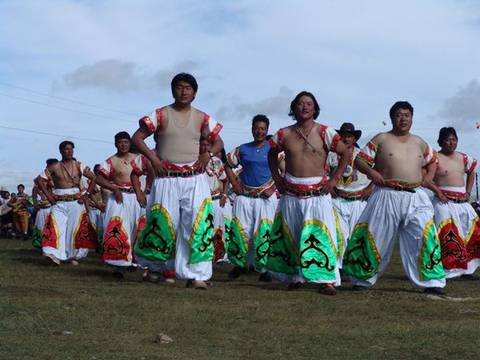
Wrestling is one of the traditional sports of the Mongols called “Three manly Games”

and a big event of the Mongolian National holiday.
Wrestling is not only a test of strength, but also have dexterous tricks, and can be even called as an art.
The wrestling are attires in special wearing called zodog(a vest) and shuudag (pants).

The rust arrowhead was popular then. As many people as possible could take part in the contest and the winner was the ones who shot their arrows the farthest.
This kind of contest was in existence in the 13 th century and was in use until recently.
This sport is also century’s old, dating back to the Bronze Age.
They are then taken to an adequate pasture separate from the herd and trained. The riders are aged from 5 to 12 Mongolian children of these ages are good riders, as both boy sand girls have been riding since infancy.
Read more: http://www.articlesbase.com/travel-articles/mongolia-travel-guide-mongolia-tourist-attraction-where-to-go-and-what-to-see-in-mongolia-2558591.html#ixzz1VAlOUgbT
Under Creative Commons License: Attribution No Derivatives






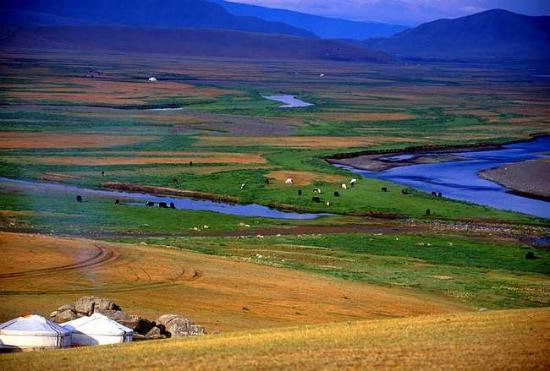
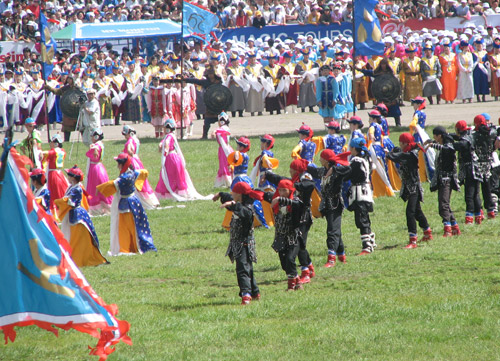
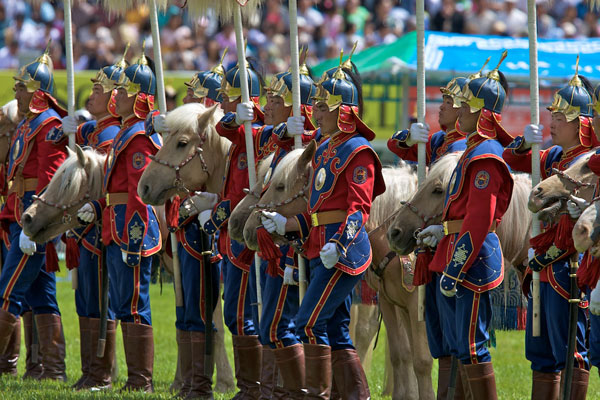
![naadam2[1]](http://acelebrationofwomen.org/wp-content/uploads/2010/07/naadam21.jpg)





